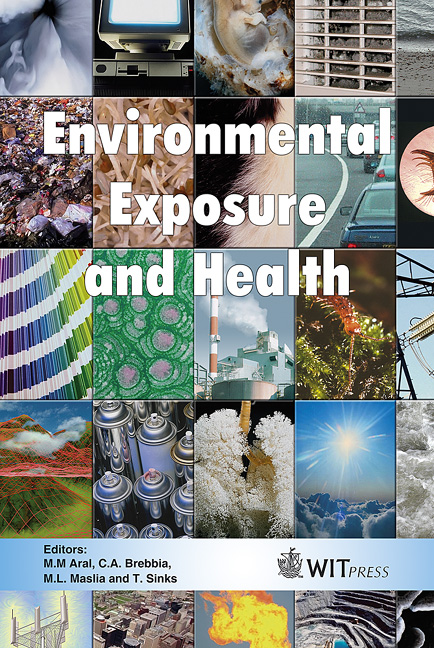Standard Guide For Building Indoor Dispersion Analysis, Modeling And Health Effect Assessment
Price
Free (open access)
Transaction
Volume
85
Pages
9
Published
2005
Size
267 kb
Paper DOI
10.2495/EEH050061
Copyright
WIT Press
Author(s)
R. D. Stenner, D. L. Hadley & G. A. Fenton
Abstract
We are developing a standard guide that delineates a general approach for determining the health effects of the occupants of mechanically ventilated structures exposed to an intentional release of airborne chemical or biological agents, radiological materials, or an accidental release of toxic industrial chemicals or materials in or near a building. This Practice/Guide is under the jurisdiction of ASTM Committee E54 and is the direct responsibility of the E54.02 Subcommittee. This requires an understanding of building air flow characteristics and processes to calculate the agent concentration profiles throughout a structure based on agent fate and transport. Such analysis may take the form of equations, algorithms, combinations of equations/algorithms, or a fully developed building model to calculate inter-zonal airflow, contaminant concentration, and exposure. The standard guide is intended to provide the user with guiding principles to prepare for, respond to, and/or recover from an incident involving the overt or covert release of chemical agents, biological agents, or radioactive materials in or near a building with subsequent dispersion of that agent throughout the building. Preparation may include threat vulnerability, protection assessments, and emergency response planning and training. Response can include decision aides to help first responders. Recovery would include occupant treatment, forensics, detailed characterization, and remediation. The guidance will present assessment, analysis, and modeling options that provide assessments ranging from fast, coarse, and qualitative to slower, refined, and quantitative. Keywords: building dispersion, health impacts, indoor air contamination, building terrorist event.
Keywords
building dispersion, health impacts, indoor air contamination,building terrorist event.




